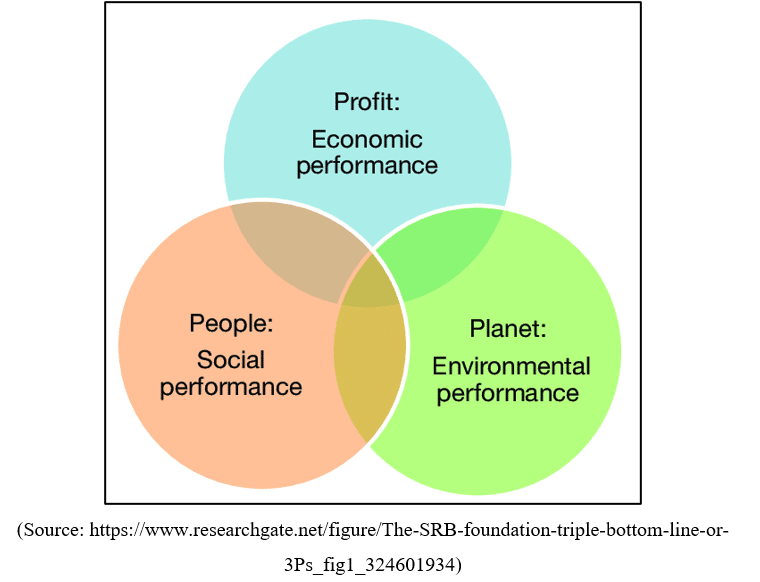7118SOH Assignment Sample Evidence-based Practice and Research Principles 2023
Section One:
Professional and geographical Application of Guidelines
Clinical practice guidelines proposed for diagnosis and treatment of “Attention Deficit Hyperactivity Disorder (ADHD)” were intended to increase awareness among parents and guardians of children and adolescents. As per the research conducted by American Academy of Paediatrics’, ADHD is considered as a common “neurobehavioral disorder” of childhood which can create a negative impact on academic achievement, mental well being and social interaction of children.
Publication of a research journal by American Academy of Paediatrics’ had focused on providing clinical recommendations for treatment of ADHD among children and adolescents for improving physical and psychological well being (Sekercioglu et al. 2017).
Children belonging from age group of 4 to 5 years to 6 to 11 years were considered for analysing behavioural instincts of individuals diagnosed with ADHD. Adolescents belonging to gae group of 12 to 18 years were chosen for analysing the impact of ADHD on increasing hormonal impulses among teenagers.
Clinical guidelines associated with paediatrics were primarily focused on diagnosis of ADHD among children and adolescents of US which can be adapted simultaneously in similar contexts. Application of ADHD diagnosis and treatment guidelines would depend on social health determinants of specific geographical locations for providing equal treatment to all individuals irrespective of socio-economic status.

Section Two:
Analysis of Evidence Quality
Diagnosis of ADHD among children and adolescents of US had recognised “evaluation”, “diagnosis” and “treatment” as a continuous process involved in “process of care algorithm”. As per the views of Harvey and Kitson (2015), integration of task force on diagnosis and treatment of mental health would develop alliances with families to prevent increase of mental health disorders.
Paediatric journals had suggested that AAP Task Force can collaborate with mental health clinicians to identify immediate mental health disorders arising among children from a young age. It was identified that diagnosis and management of ADHD among children and adolescents were particularly challenging for mental health clinicians.
Families of children diagnosed with ADHD were recommended to provide continuous and coordinated care to children, for positively impacting mental health during growing stage. Crawford et al. (2007) explained that cultural differences arising during diagnosis and treatment of ADHD can be considered as an important factor for developing appropriate clinical recommendations.
It was identified that diagnosis and treatment of ADHD is dependent on the extent of knowledge and mental health awareness prevalent among families and teachers of diagnosed children and adolescents. Publication of clinical journals had followed a gap of 2 year period where impact of previously recommended strategies were critically analysed.

Relevant sources including Agency for Healthcare Research and Quality (AHRQ) and effective healthcare programs associated with ADHD were consulted for deriving appropriate strategies (Lin et al. 2020) Research studies involving diagnosis of ADHD among children and youth through analysis “behavioural problems” and “attention deficit disorder” through medical screening tests were consulted for analysing negative impact on mental health.
Identification of clinical issues
Clinical issues involving cultural issues arising during diagnosis and treatment of ADHD among children and adolescents were identified as major limitations. Paediatrics’ journal had identified prevalence of “co-occurring disorders” such as “learning disabilities”, “sleeping disorders”. “Anxiety” and “depression” among individuals may create chances of ADHD (Esteve-Pastor et al. 2019).
Risks associated with improper diagnosis of ADHD had examined that children who are improperly diagnosed may receive insufficient treatments without receiving appropriate benefits. As asserted by Dickson and Flynn (2009) utilization of DSM-IV criteria of diagnosis may contain limitations related to development-level differences, thereby resulting in misdiagnose .
Misdiagnosis of mental health disorders may create an adverse impact on a child’s mental health, thereby increasing additional chances of anxiety and depression from a young age. Paediatric journal had identified that mental health treatment services are considered as expensive which obstructs individuals from affording expensive mental health counselling (Johnston et al. 2019).
Clinical guidelines had recommended that healthcare and educational institutions would need to collaborate for organising mandatory counselling sessions for children and parents to identify prevalence of ADHD from an early stage. Bowling (2014) stated that behavioural therapies increase cost of care which requires a higher level of involvement from family members, which often obstructs adolescents from opting for clinical advice.
Paediatrics guidelines had suggested healthcare institutions in US to organise counselling sessions including parents and guardians for increasing awareness of ADHD. Adaptability of clinical guidelines as per individual requirements of participants and socio-economic conditions were recommended.

Section Three:
Recommendations for Clinical Practice
Clinical recommendations for reducing negative impact of ADHD on mental health of children and adolescents were presented in paediatrics journal. Specialized treatment facilities directed towards “Preschool aged children” were suggested in this research paper, as early diagnosis and treatment would enable guardians and teachers to identify ADHD at an early stage.
In case of adolescents physical side effects of medications were identified. Health clinicians were recommended to monitor symptoms and signs of misuse of healthcare drugs. Paediatrics journal had simultaneously suggested health clinicians for implementation of “Behavioural Therapy” for shaping and monitoring a child’s behaviour from an early stage.
Introduction of “School Programming” and support provided by homes and educational institutions would likely shape a child’s behaviour towards elders, younger people and peers in future. Development of “504 Rehabilitation Act Plan” and “Individualised Education Program (IEP) developed by healthcare department of US was presented in this journal. Individualised teaching and counselling programs would enable mental health clinicians to identify individual requirements and modify strategies accordingly.
Managerial Implications of Recommendations
Introduction of optimal schedule utilised for monitoring behavioural instincts of children and adolescents would assist mental health clinicians to adjust schedule as per demographics, age, geographical and economic conditions. Staffing within educational institutions would involve recruitment of “career counsellors”, “child counsellors” and “pre-school trainers” are recommended.
Development of mental health treatment procedures would need to involve services for both parents and children to monitor and improve behavioural aspects of both parties. Consideration of standardized and documented tools would assist primary care providers in identifying coexisting conditions.
Improved systems of communication within schools and mental health professionals would enhance awareness among guardians to opt for services to treat ADHD prevalent among children from an early stage. Resource Allocation associated with financial planning for recruiting medical professionals and mental health counselors would be required for educational institutions.
References:
Bowling, A. (2014) Research methods in health: investigating health and health services. 4th Ed. Maidenhead: Open University Press.
Crawford et al (2007) Evidence-Based Research.
Dickson and Flynn (2009) Nursing Policy Research: Turning evidence-based research into health policy.
Esteve-Pastor, M.A., Roldan, V., Rivera-Caravaca, J.M., Ramirez-Macias, I., Lip, G.Y. and Marin, F., (2019). The use of biomarkers in clinical management guidelines: a critical appraisal. Thrombosis and haemostasis, 119(12), pp.1901-1919.
Harvey and Kitson (2015) Implementing evidence-based practice in healthcare: a facilitation guide.
Johnston, A., Kelly, S.E., Hsieh, S.C., Skidmore, B. and Wells, G.A., (2019). Systematic reviews of clinical practice guidelines: a methodological guide. Journal of clinical epidemiology, 108, pp.64-76.
Lin, I., Wiles, L., Waller, R., Goucke, R., Nagree, Y., Gibberd, M., Straker, L., Maher, C.G. and O’Sullivan, P.P., (2020). What does best practice care for musculoskeletal pain look like? Eleven consistent recommendations from high-quality clinical practice guidelines: systematic review. British journal of sports medicine, 54(2), pp.79-86.
Sekercioglu, N., Al-Khalifah, R., Ewusie, J.E., Elias, R.M., Thabane, L., Busse, J.W., Akhtar-Danesh, N., Iorio, A., Isayama, T., Martínez, J.P.D. and Florez, I.D., (2017). A critical appraisal of chronic kidney disease mineral and bone disorders clinical practice guidelines using the AGREE II instrument. International urology and nephrology, 49(2), pp.273-284.
Know more about UniqueSubmission’s other writing services:

